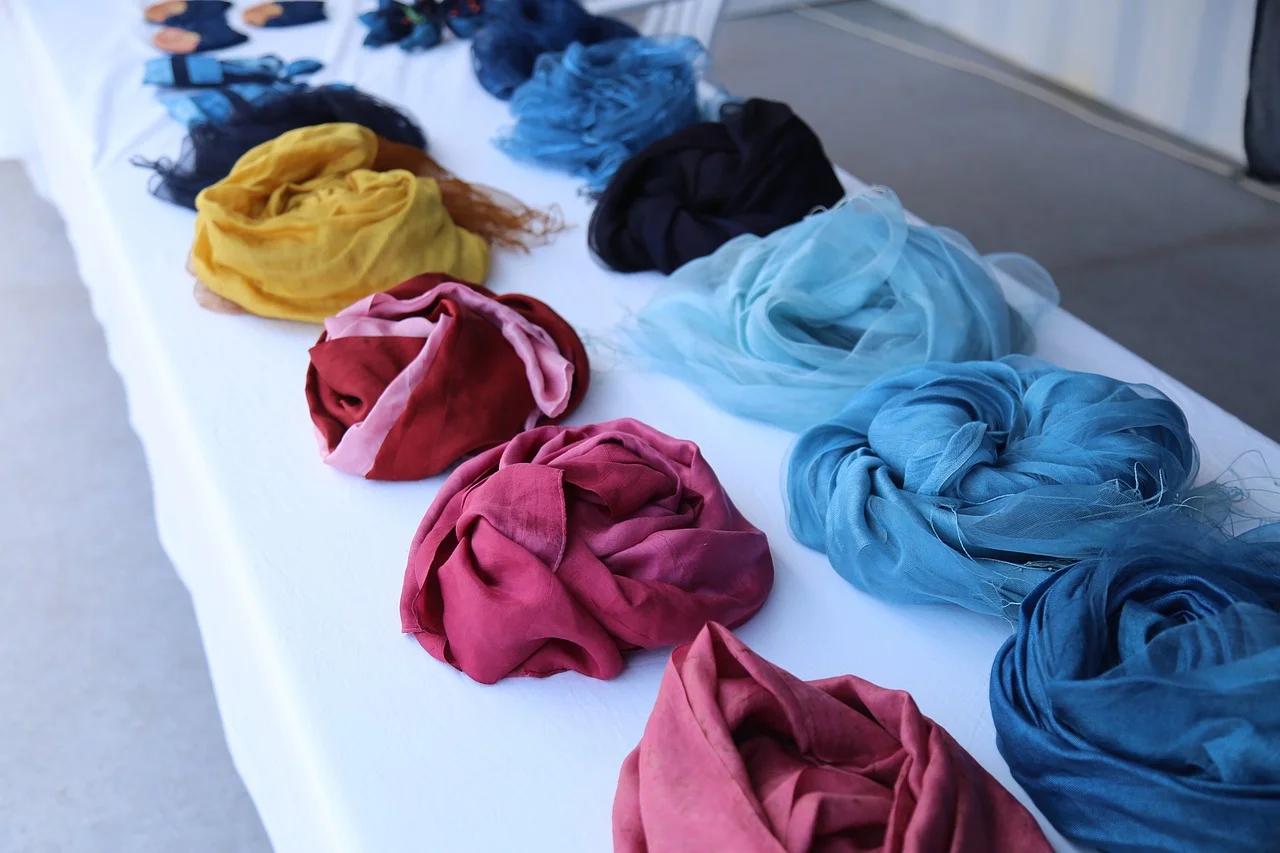Physical Address
304 North Cardinal St.
Dorchester Center, MA 02124
Physical Address
304 North Cardinal St.
Dorchester Center, MA 02124

Discover the art of fabric dyeing at home and unlock your creativity with simple, eco-friendly techniques. Whether you want to revamp old t-shirts, add personalized touches to home decor, or create unique gifts, mastering DIY fabric dyeing can be both rewarding and fun. This comprehensive guide will walk you through everything you need to know—from understanding different dyeing methods to tips for achieving vibrant, long-lasting colors.
Fabric dyeing is a technique used to add color to textiles. It involves immersing fabrics in a dye solution, allowing the color to bond with the fibers. The primary goal is to alter the original color of the fabric or to create patterns and artistic effects. This process can be as simple as dip-dyeing a shirt or as complex as creating intricate shibori designs.
Fabric dyeing is suitable for a variety of textile materials, especially natural fibers like cotton, linen, silk, and wool, which absorb dyes easily. Synthetic fibers like polyester or nylon are more challenging to dye but can be successfully colored using specific dyes and techniques designed for them.
Natural dyes are extracted from plants, minerals, or insects. They offer an eco-friendly alternative to synthetic dyes and can produce beautiful, earthy tones. Popular sources include beetroot for red, turmeric for yellow, indigo for blue, walnut husks for brown, and onion skins for shades of gold and orange.
These are man-made dyes designed specifically for fabric coloring. Common types include acid dyes, which work well on wool and silk; reactive dyes, ideal for cotton and cellulose fibers; fiber-reactive dyes, offering vibrant and permanent colors; and direct dyes, which are easy to use but less colorfast. Synthetic dyes generally provide a broader range of colors and consistency but may require careful handling due to chemicals involved.
Choosing between natural and synthetic dyes depends on your project goals, environmental considerations, and the type of fabric you’re working with.
Natural fibers like cotton, linen, silk, and wool are most receptive to fabric dyeing at home due to their porous nature. Pre-washing these fabrics removes sizing, oils, or residues that might hinder dye absorption, resulting in more vibrant and even colors. Pre-treatment with mordants enhances dye fixation, especially with natural dyes, leading to more colorfast results.
Synthetic fibers often require different dyes and techniques, such as disperse dyes and specific heat conditions. Always check the fabric label and test on small swatches before starting your main project.
Natural dye sources are abundant and can be gathered from your kitchen or garden. Beetroot produces deep reds, turmeric yields bright yellows, and indigo creates stunning blues. Prepare your dyestuffs by chopping, boiling, or soaking them to release their pigments. For example, boiling onion skins creates a rich orange, while walnut hulls develop dark browns.
Mordants are chemicals used to fix dyes onto fabrics, improving colorfastness. Common mordants include alum, which brightens colors; iron, which darkens shades; and
Natural dyes can be manipulated to produce gradient effects, tie-dye patterns, or shibori designs. Using techniques like tying, clamping, or folding fabrics before dyeing can produce stunning patterns and textures. Experimenting with layered dyes allows for creating complex, multi-tonal results.
For fabric dyeing at home, reactive dyes are excellent for cotton and other cellulose fibers due to their durability and vibrant color output. Wool and silk respond well to acid dyes, producing bright, colorfast results. Always choose the appropriate dye type for your fabric to ensure the best outcomes.
Mixing different dyes allows you to develop bespoke colors and shades. Testing your concoctions on small swatches before committing to a larger piece helps you perfect the hue. Using a color wheel as a guide can help in blending complementary and harmonious colors.
Opting for natural dyes minimizes environmental impact and reduces exposure to harmful chemicals. Proper disposal of dye baths—preferably in ways that prevent water pollution—is essential. Always wear protective gear to avoid skin irritations, and ensure good ventilation when working with synthetic dyes or hot dye baths.
After dyeing, wash fabrics separately and in cold water to preserve colors. Regularly follow manufacturer instructions for wash and care to extend the life of your dyed textiles.
| Feature | Natural Dyes | Synthetic Dyes |
|---|---|---|
| Source | Plants, minerals, insects | Man-made chemicals |
| Color Range | Earthy, limited hues | Vibrant, diverse |
| Eco-Friendliness | Highly eco-friendly | May contain pollutants |
| Colorfastness | Moderate; requires mordants | High; durable and permanent |
| Ease of Use | Requires preparation and patience | Simple, quick |
| Cost | Low to moderate | Variable, often higher |
Embarking on fabric dyeing at home is an exciting way to personalize your textiles, reduce waste, and explore your creativity. With patience and practice, you’ll develop a unique style that reflects your personality. For additional resources, check out deLonghi’s natural dyeing recipes and community workshops available online.